얼굴형과 크기에 맞는 스키 고글을 찾는 것은 슬로프에서의 스타일과 편안함 모두에 매우 중요합니다. 스키 고글은 눈을 혹독한 환경으로부터 보호할 뿐만 아니라, 시야를 개선하고 눈부심을 줄여 스키를 타는 동안 전반적인 경험을 향상시켜 줍니다. 이 종합 가이드에서는 다양한 얼굴형과 크기에 대해 알아보고, 각 얼굴형에 맞는 완벽한 스키 고글을 선택하는 데 도움이 되는 전문가 팁을 제공합니다.
얼굴 모양과 크기 이해
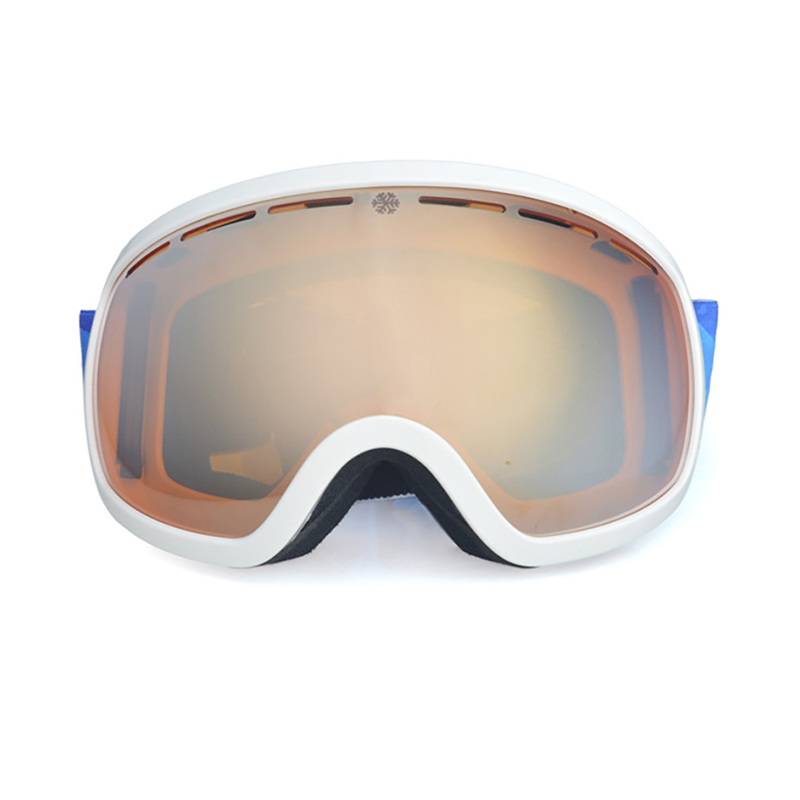
타원형 얼굴 모양:
타원형 얼굴 모양은 다음과 같은 특징이 있습니다. 균형 잡힌 비율과 부드럽게 둥근 윤곽.
중간에서 큰 프레임 크기의 스키 고글은 타원형 얼굴에 이상적입니다. 얼굴의 자연스러운 대칭을 보완하기 때문입니다. 약간 감싸는 디자인의 스타일 얼굴의 타원형 모양을 더욱 강조할 수 있습니다.
타원형 얼굴에 맞는 스키 고글을 선택할 때는 고글의 폭과 높이를 고려하여 편안한 착용감을 보장하는 것이 중요합니다. 관자놀이나 콧대에 압박감을 주지 않으면서도 눈을 충분히 덮는 고글을 선택하세요.
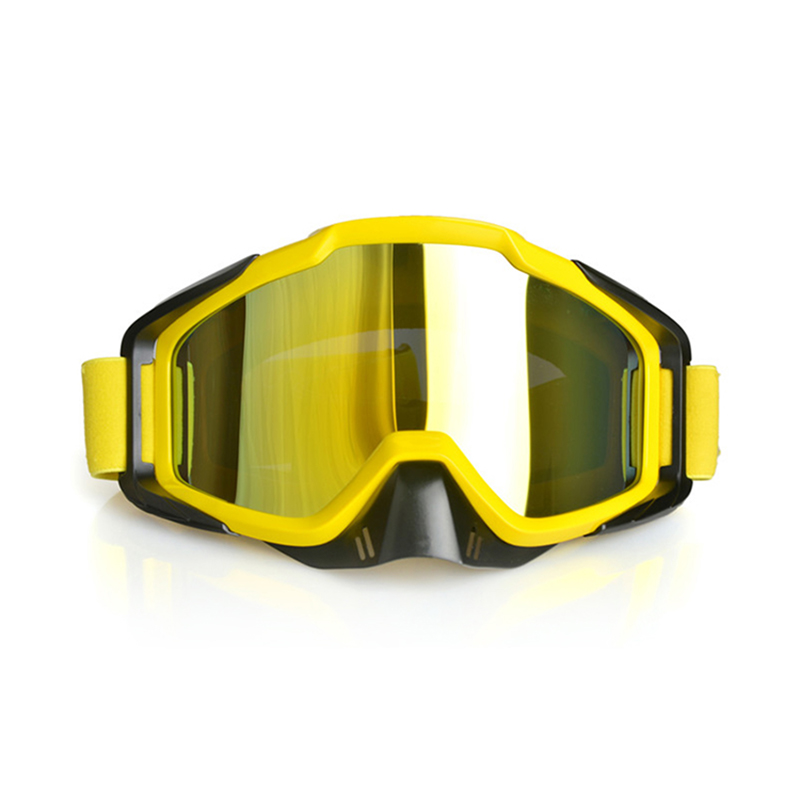
둥근 얼굴 모양:
둥근 얼굴 모양은 볼이 두껍고 턱이 둥글다는 특징이 있습니다..
각진, 직사각형 또는 대형 프레임이 있는 스키 고글은 좋은 선택입니다. 둥근 얼굴형을 가진 사람들에게는 시각적인 구조감과 얼굴 길이를 더해주기 때문에 적합합니다. 시선을 위로 끌어올리려면 광대뼈가 높은 스타일을 선택하세요.
둥근 얼굴에 맞는 사이즈 고려사항으로는 균형을 맞추고 비좁은 느낌을 피하기 위해 넓은 프레임 너비의 고글을 선택하는 것이 있습니다.
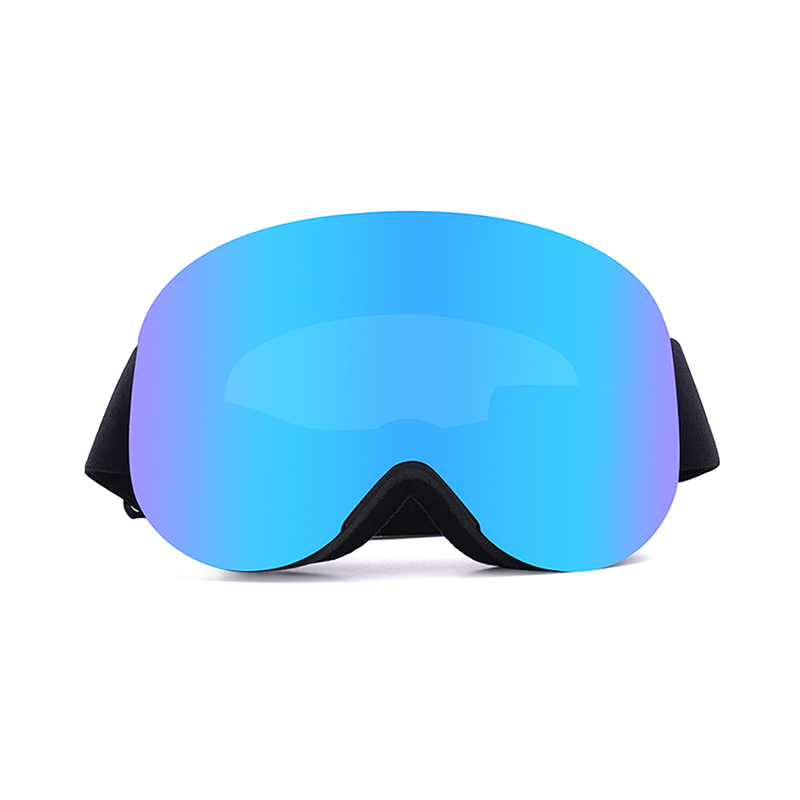
사각형 얼굴 모양:
사각형 얼굴 모양은 다음과 같은 특징이 있습니다. 강한 턱선과 균형 잡힌 이마와 광대뼈.
둥글거나 타원형 프레임의 스키 고글은 사각형 얼굴 모양의 각도를 부드럽게 하는 데 도움이 될 수 있습니다. 얇은 템플과 프레임을 사용한 스타일 균형을 더하고 더욱 조화로운 모습을 만들 수 있습니다.
사각형 얼굴 모양에 맞는 스키 고글을 선택할 때는 비율을 유지하고 고글과 얼굴 사이에 틈이 생기지 않도록 적절한 너비와 커버리지를 찾는 것이 중요합니다.
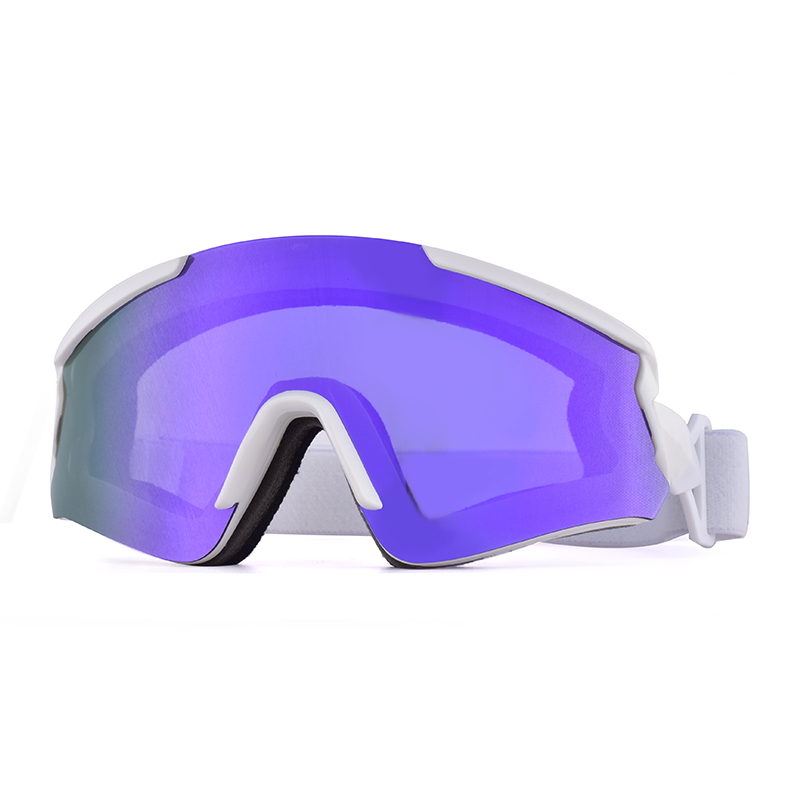
하트 얼굴 모양:
하트 모양의 얼굴이 특징입니다 더 넓은 이마와 더 좁은 턱선.
고양이 눈이나 조종사에서 영감을 받은 디자인의 스키 고글은 하트 모양의 얼굴에 잘 어울립니다. 시선을 아래로 내리고 얼굴의 비율을 균형 있게 조절하세요. 더 넓은 상단 프레임과 더 좁은 하단 프레임 얼굴 모양을 보완하기 위해.
스키 고글 스트랩을 조정하여 관자놀이나 코등에 불편함이나 압박감을 주지 않고 꼭 맞게 착용하세요.
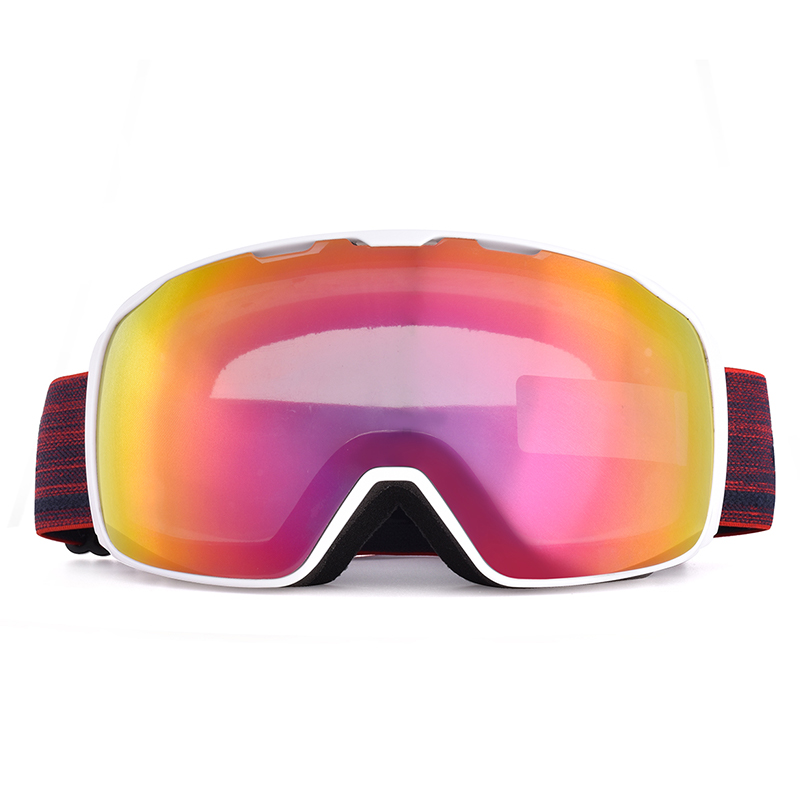
직사각형 얼굴 모양:
장방형 얼굴 모양은 다음과 같은 특징이 있습니다. 곧은 턱선을 가진 길고 좁은 비율.
넓은 프레임 디자인과 수평 강조가 특징인 스키 고글 길쭉한 얼굴형을 보완하는 데 도움이 될 수 있습니다. 얼굴을 더 넓어 보이게 해주는 랩 어라운드 또는 오버사이즈 스타일을 찾아보세요.
불편함과 압박점을 예방하기 위해 코등에 지나치게 압력을 가하지 않으면서도 눈을 완전히 덮는 고글을 선택하는 등 사이즈 팁을 고려하세요.

다이아몬드 얼굴 모양:
다이아몬드형 얼굴은 광대뼈가 높고 이마가 좁으며 턱이 좁아지는 형태입니다..
타원형 또는 고양이 눈 프레임이 있는 스키 고글은 다이아몬드 모양 얼굴의 각도를 균형 있게 맞추는 데 도움이 될 수 있습니다.얼굴형에 맞게 상단은 넓고 하단은 좁은 스타일을 찾으세요.
적절한 시야를 확보하고 주변 시야의 왜곡을 방지하려면 적절한 렌즈 모양과 크기의 스키 고글을 선택하는 것이 좋습니다.
얼굴 크기에 따른 스키 고글 선택
작은 얼굴 크기:
작은 얼굴은 얼굴 생김새가 섬세하고 전체적으로 폭이 좁은 것이 특징입니다.
작은 얼굴 크기에는 컴팩트한 프레임 디자인과 작은 렌즈 크기의 스키 고글이 적합합니다. 고글이 얼굴을 압도하는 것을 방지하기 위해 로우 프로파일 핏과 얇은 템플이 있는 고글을 선택하세요.
고글의 끈을 조절하여 압박점이나 틈이 생기지 않고 안전하고 편안하게 착용할 수 있습니다.
중간 얼굴 크기:
중간 크기의 얼굴은 적당한 너비와 균형 잡힌 비율을 특징으로 합니다.
다양한 프레임 크기와 중간 렌즈 크기를 갖춘 스키 고글은 중간 크기의 얼굴에 적합합니다. 시야 확보와 스타일이 균형을 이루는 스타일을 찾으세요.
중간 크기의 얼굴은 김 서림을 방지하기 위해 적절한 환기가 필수적입니다. 편안하고 김 서림 없는 경험을 위해 통풍구가 잘 배치되고 조절 가능한 환기 시스템이 있는 고글을 선택하세요.
큰 얼굴 크기:
큰 얼굴은 얼굴 특징이 넓고 전반적인 너비가 넓은 것이 특징입니다.
프레임이 크고 렌즈가 넓은 스키 고글은 큰 얼굴도 충분히 커버합니다. 스타일리시하면서도 균형 잡힌 스타일을 원한다면 살짝 오버사이즈 핏의 스타일을 선택하세요.
스키 고글은 슬로프에서 안전과 주의력을 유지하기 위해 넓은 주변 시야와 시야를 제공해야 합니다.
스키 고글을 선택할 때 고려해야 할 요소

렌즈 기술 및 색조:
편광 렌즈나 광변색 렌즈와 같은 다양한 렌즈 기술은 눈부심을 줄이거나 변화하는 조명 조건에 적응하는 등 특정한 이점을 제공합니다.
다양한 날씨와 조도에 맞는 렌즈 틴트를 선택하세요. 미러 렌즈나 어두운 렌즈는 밝고 화창한 날에 적합하고, 밝은 렌즈나 투명 렌즈는 어두운 곳이나 야간 스키에 적합합니다.
오래 지속되는 내구성과 선명한 시야를 보장하려면 안개 방지 및 긁힘 방지 코팅이 된 스키 고글을 찾으세요.
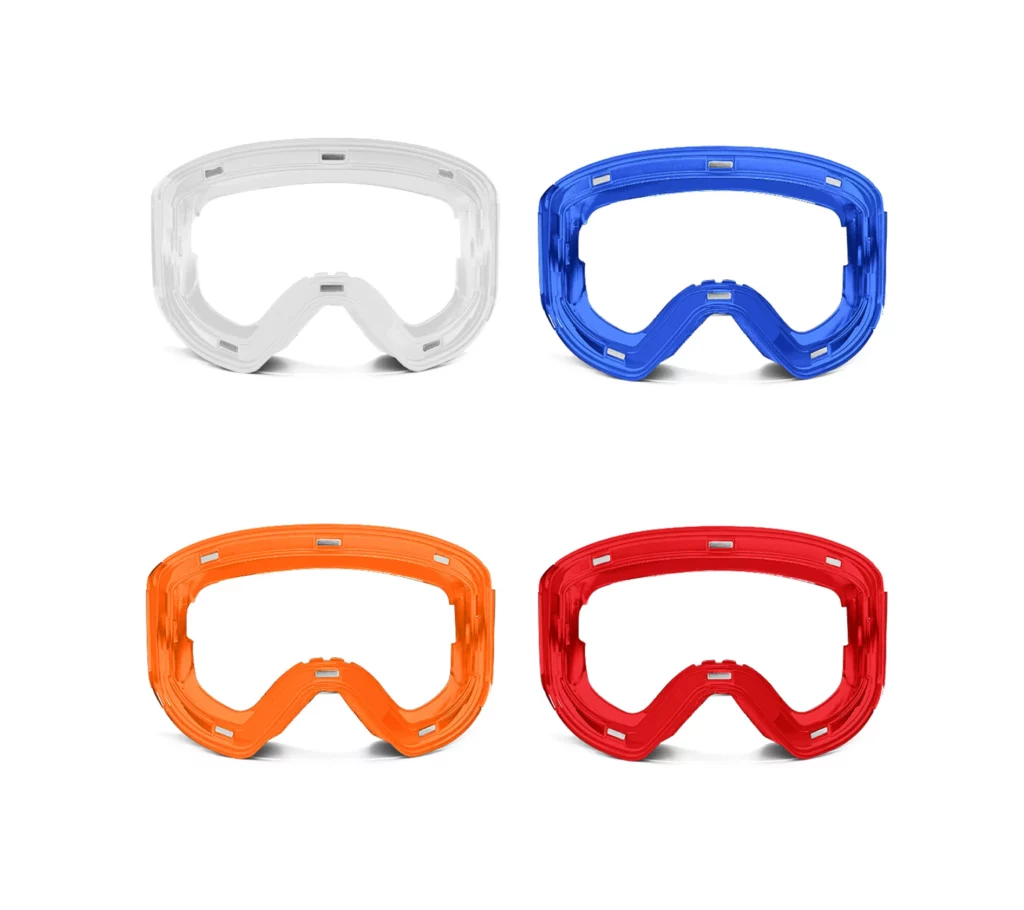
프레임 구조 및 재료:
스키 고글은 플라스틱, 열가소성 폴리우레탄(TPU), 탄소 섬유 등 다양한 프레임 소재로 제공되며, 각각 무게, 유연성, 충격 저항성 측면에서 장점이 있습니다.
슬로프에서 장시간 활동 시 편안함을 높이려면 가볍고 유연한 프레임 소재를 선택하세요. 쿠션감과 편안한 착용감을 위해 폼 패딩이 적용된 프레임을 선택하세요.
프레임 구조를 선택할 때 내충격성과 내구성을 고려하세요. 견고한 프레임 디자인과 강화된 힌지가 적용된 고글은 혹독한 스키 환경에서도 견딜 수 있고, 잠재적인 사고로부터 보호해 줍니다.

환기 및 공기 흐름:
갇힌 습기로 인한 김서림을 방지하려면 적절한 환기가 필수적입니다. 공기 흐름을 원활하게 하고 김서림을 최소화하기 위해 전략적으로 배치된 통풍구나 통풍구 등 효과적인 통풍 시스템이 있는 스키 고글을 선택하세요.
조절 가능한 환기 옵션이 있는 스키 고글은 개인화된 공기 흐름 제어를 가능하게 하여 스키어가 다양한 날씨 조건과 노력 수준에 적응할 수 있도록 해줍니다.
통풍구와 스트랩을 조정하여 개인화된 공기 흐름 제어와 안정성을 유지하면서도 최적의 공기 흐름을 지원하는 편안한 착용감을 느껴보세요.

스트랩 디자인 및 호환성:
넓은 스트랩은 안정성과 안정적인 착용감을 위해 필수적입니다. 최대한의 편안함과 안정성을 위해 필요에 따라 조이거나 풀 수 있는 조절 가능한 스트랩이 있는 고글을 찾으세요.
고글과 헬멧 시스템의 적절한 착용감을 위해 스트랩 길이와 다양한 헬멧 사이즈와의 호환성을 고려하세요. 스트랩은 다양한 머리 크기에도 적합하면서도 고글을 얼굴에 단단히 고정할 수 있을 만큼 길어야 합니다.
스키 고글과 헬멧 디자인 및 브랜드 간의 호환성을 검증하여 원활한 통합을 보장하고 불편함이나 틈새가 발생하지 않도록 합니다.
스키 고글 선택을 위한 추가 팁
스키 고글 착용 및 테스트:
스키 고글을 구매하기 전에 착용해 보는 것은 매우 중요합니다. 착용감, 편안함, 시야를 적절히 평가할 수 있기 때문입니다.
압력이 고르게 분포되는지, 고글과 얼굴 사이에 틈이 없는지 확인하세요. 고글은 최적의 보호를 제공하고 차가운 공기나 눈이 들어오지 않도록 꼭 맞아야 합니다.
고글의 시야와 주변 시야를 테스트하세요 머리와 눈을 여러 방향으로 움직여 보세요. 경사면에 안전을 위협할 수 있는 장애물이나 왜곡이 없는지 확인하세요.
스키 고글 관리 방법:
스키 고글의 수명을 연장하려면 적절한 세척 및 관리 기술이 필수적입니다. 부드러운 극세사 천과 렌즈 클리너를 사용하여 렌즈를 긁지 않고 먼지와 이물질을 제거하세요.
스키 고글을 사용하지 않을 때는 손상이나 긁힘을 방지하기 위해 보호 케이스에 보관하세요. 고글을 극한의 온도나 직사광선에 노출시키지 마세요.
스키를 타는 동안 최적의 편안함과 안전성을 유지하려면 폼 패딩이나 스트랩 등 마모되거나 손상된 부품을 정기적으로 검사하고 교체하세요.
알림: 다음 사항을 고려하는 것을 잊지 마세요. 처방 고글과 OTG 고글 스키를 타는 동안 안경을 착용해야 하는 경우.
결론
얼굴형과 크기에 맞는 스키 고글을 찾는 것은 스타일과 슬로프에서의 성능 모두에 매우 중요합니다. 다양한 얼굴형의 특징을 이해하고, 사이즈를 고려하며, 렌즈 기술, 프레임 구조, 통풍, 스트랩 디자인 등의 요소를 고려하면 최적의 편안함, 보호력, 그리고 스타일을 제공하는 완벽한 스키 고글을 선택할 수 있습니다. 스키 경험을 더욱 향상시켜 줄 스키 고글을 선택했다는 확신을 가지고 자신감 있게 슬로프를 누비세요.

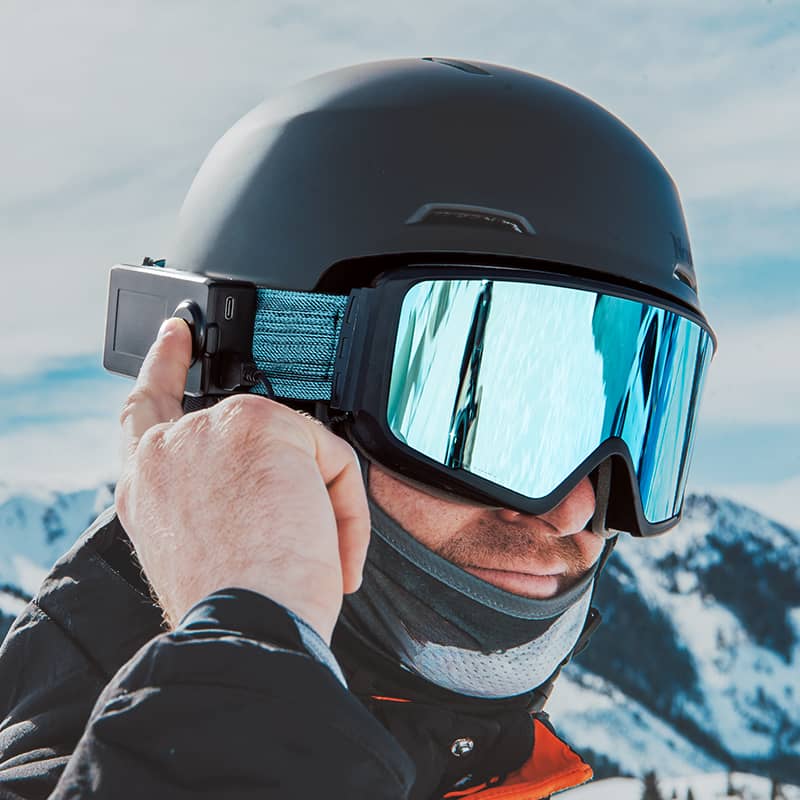
25年-香港展邀请函(横屏-英文版)-1024x358.jpg)

